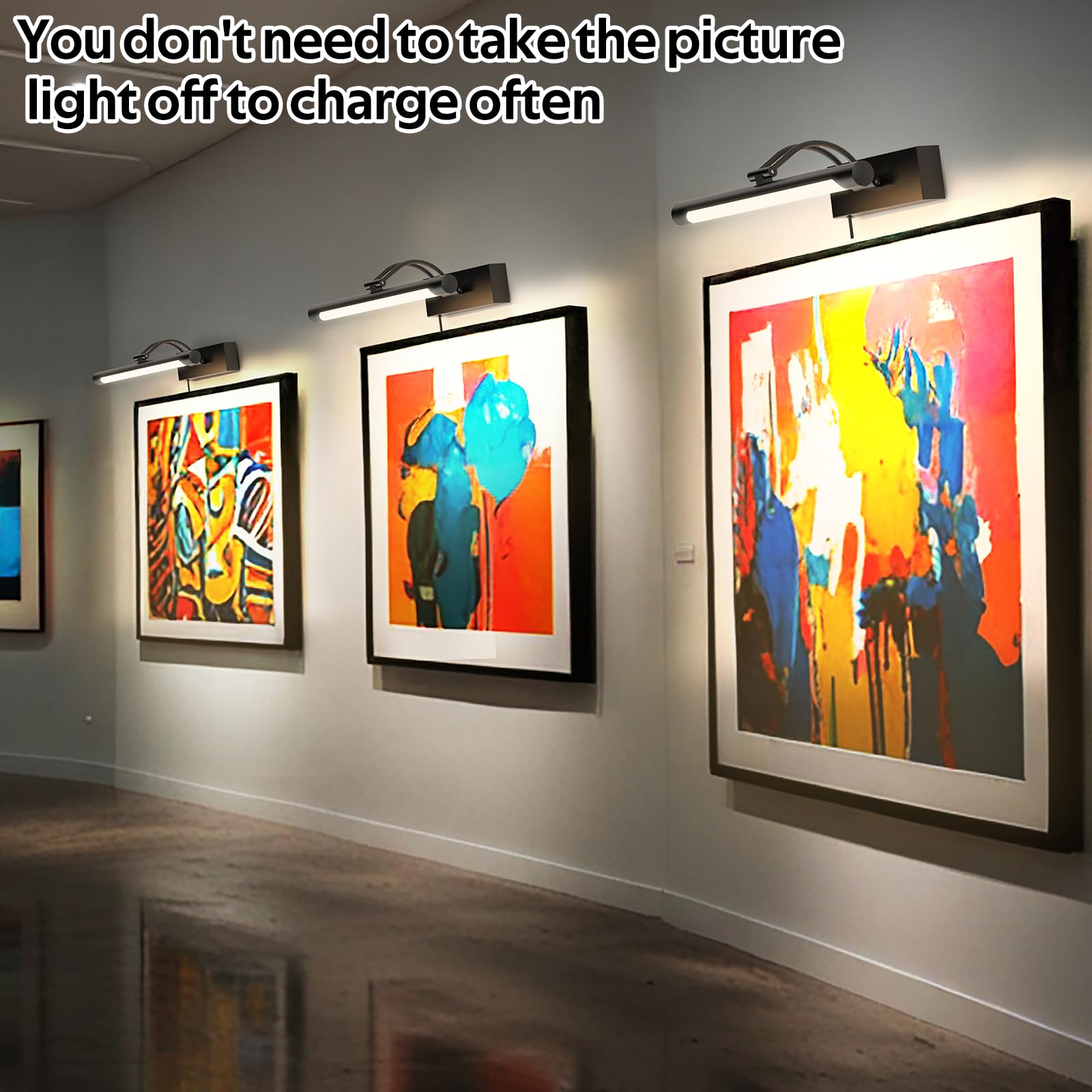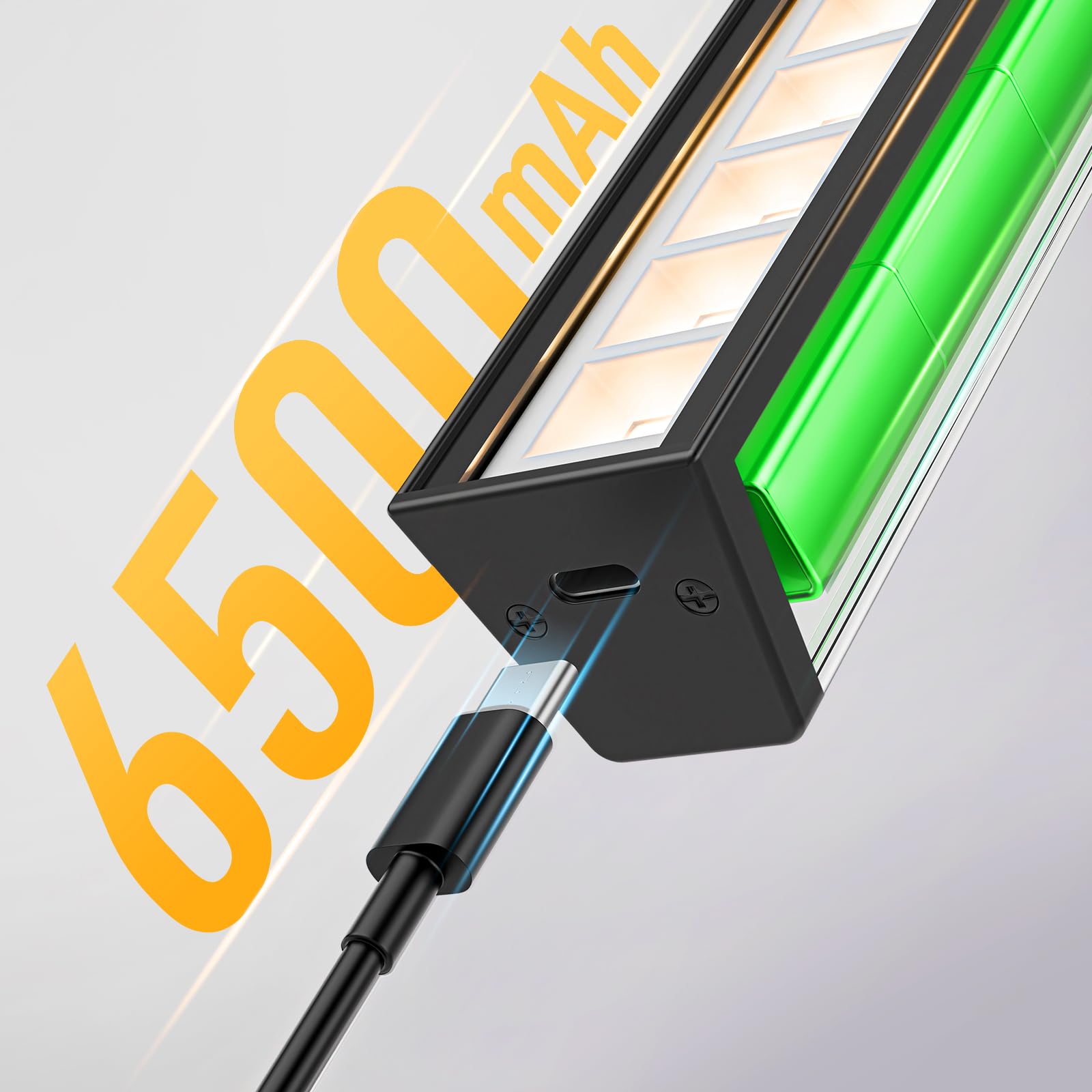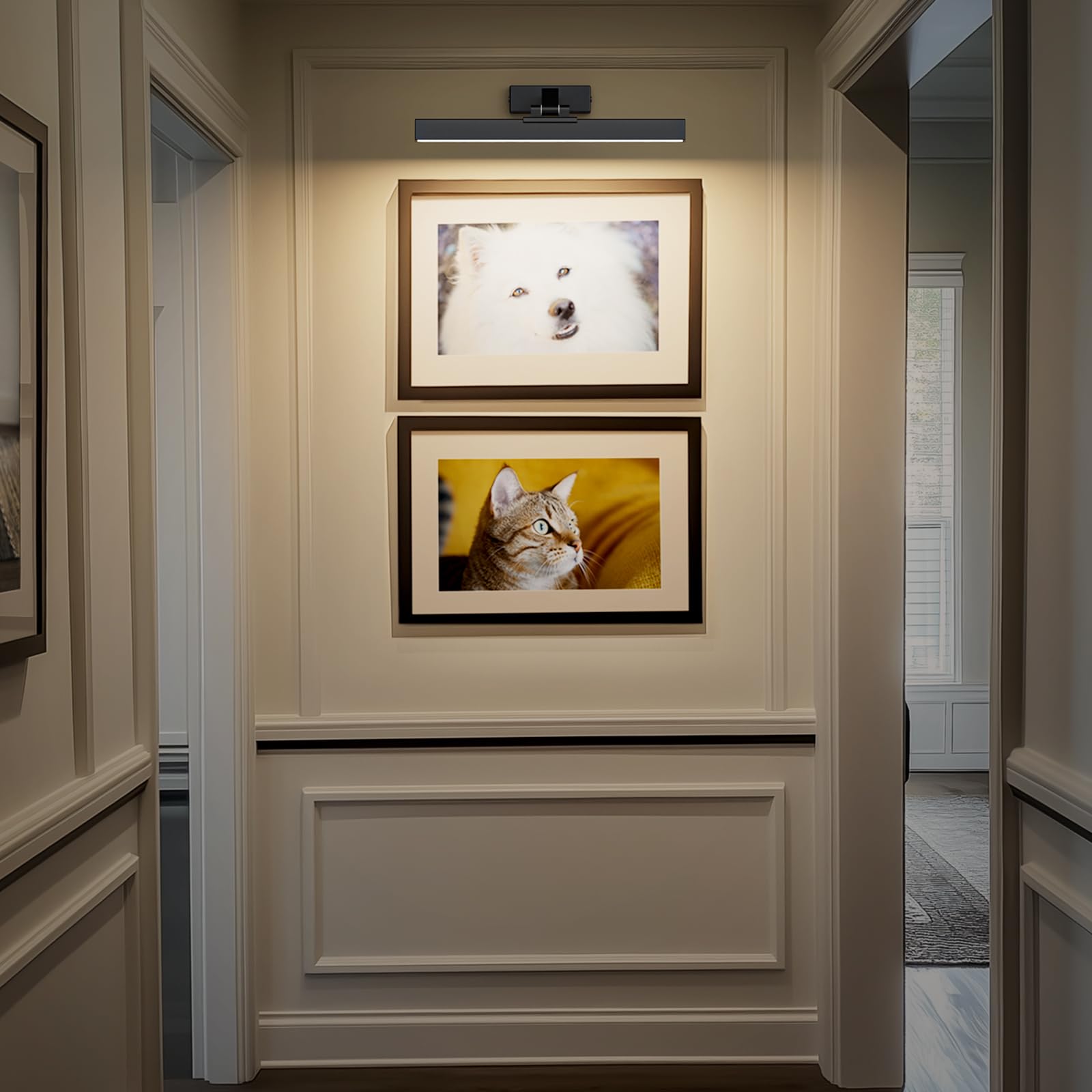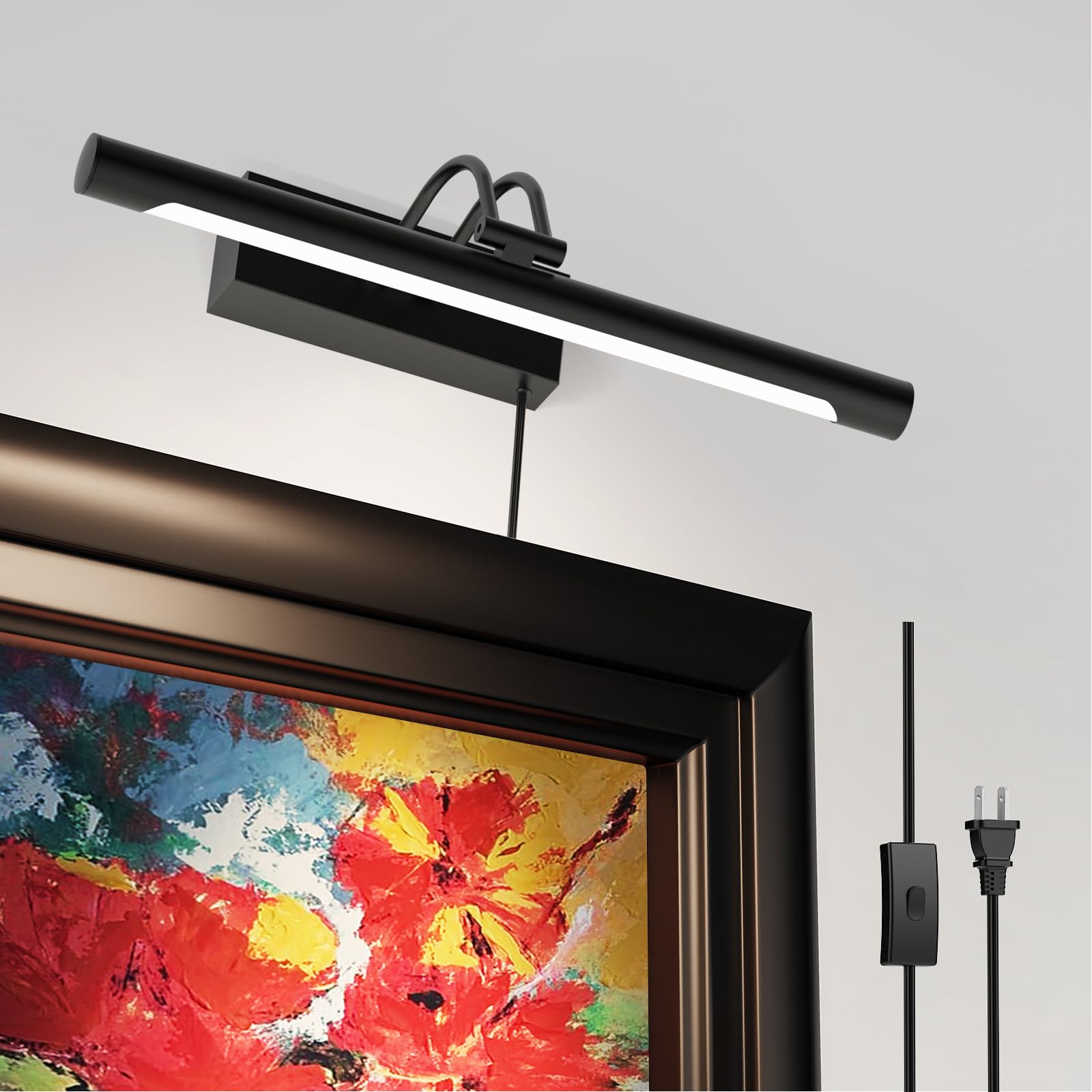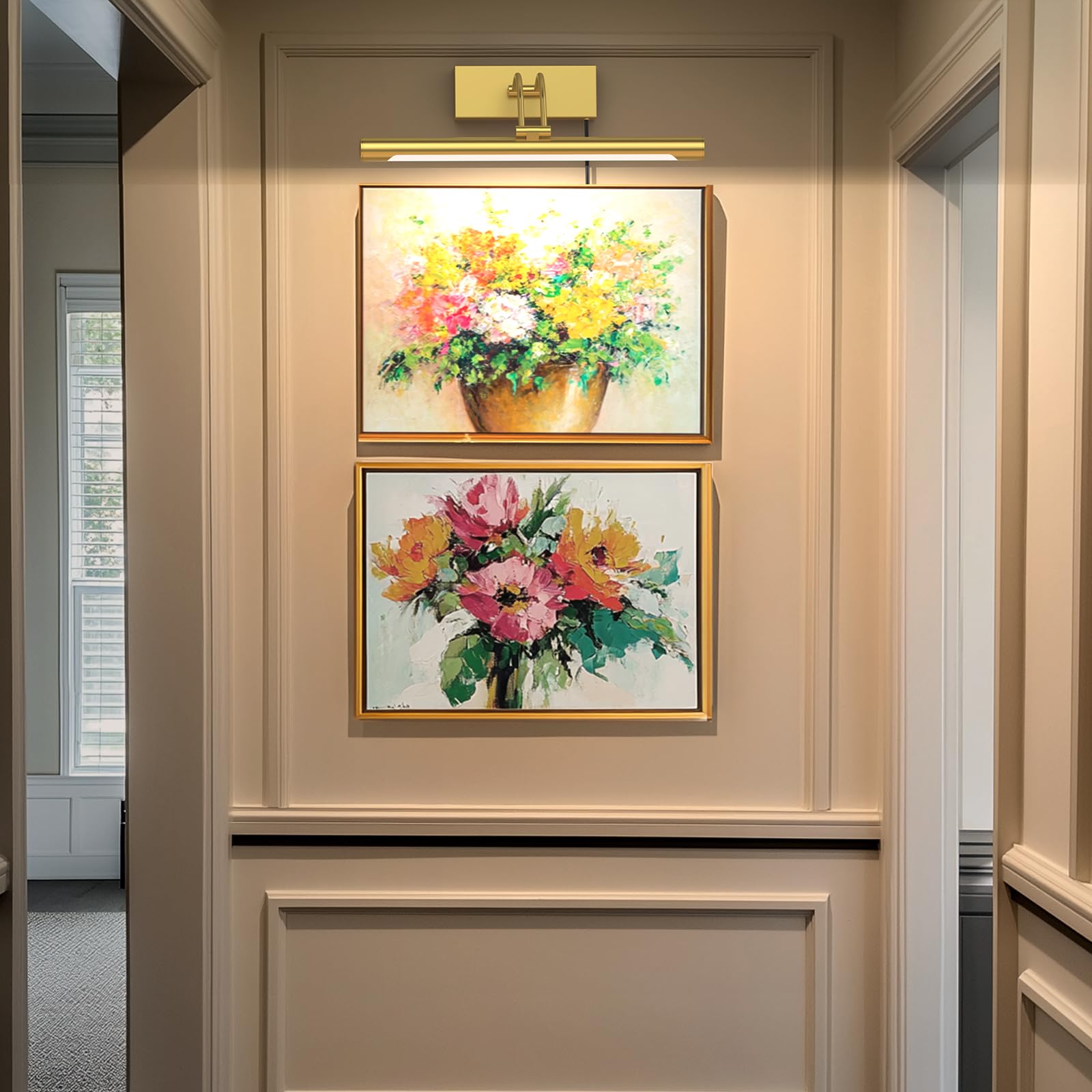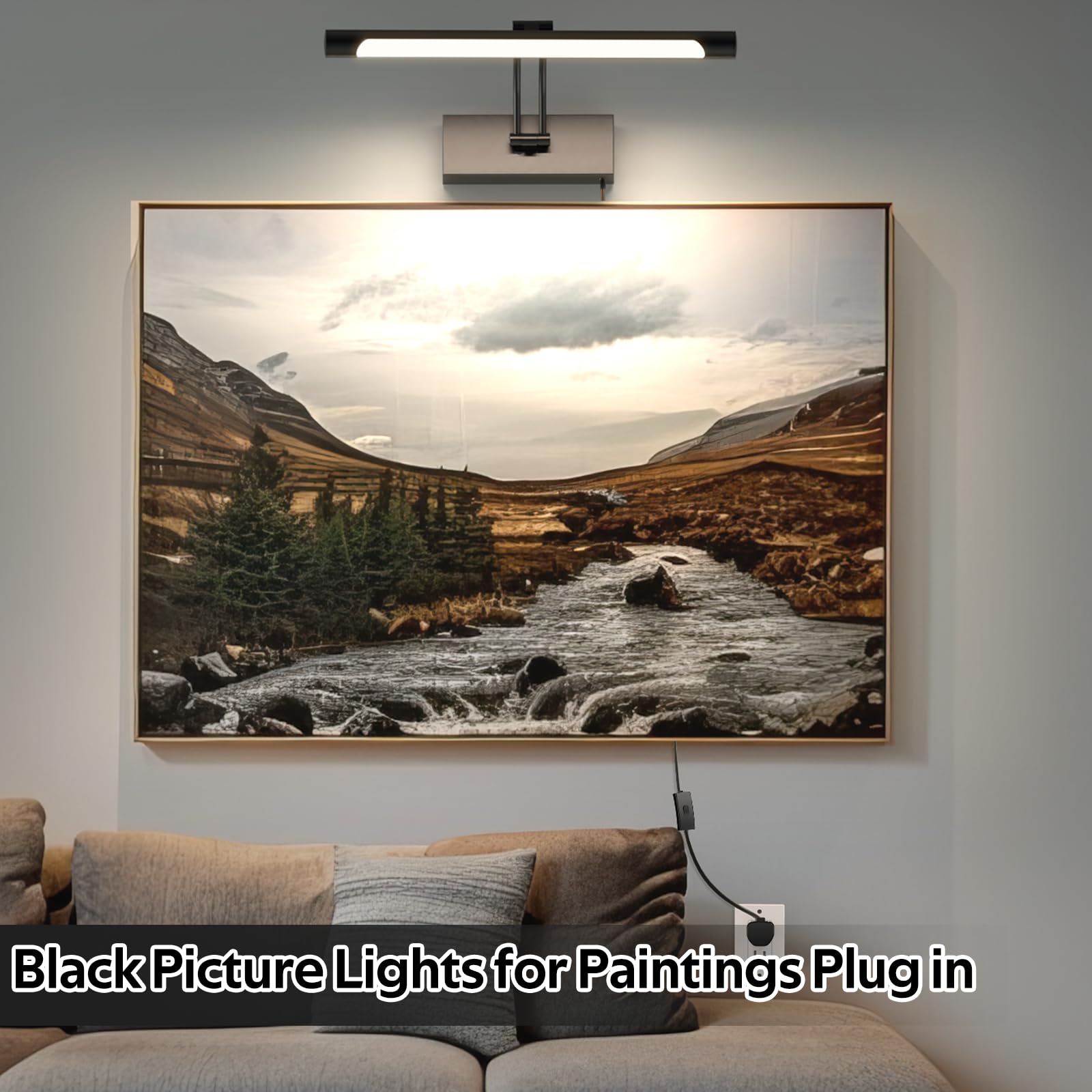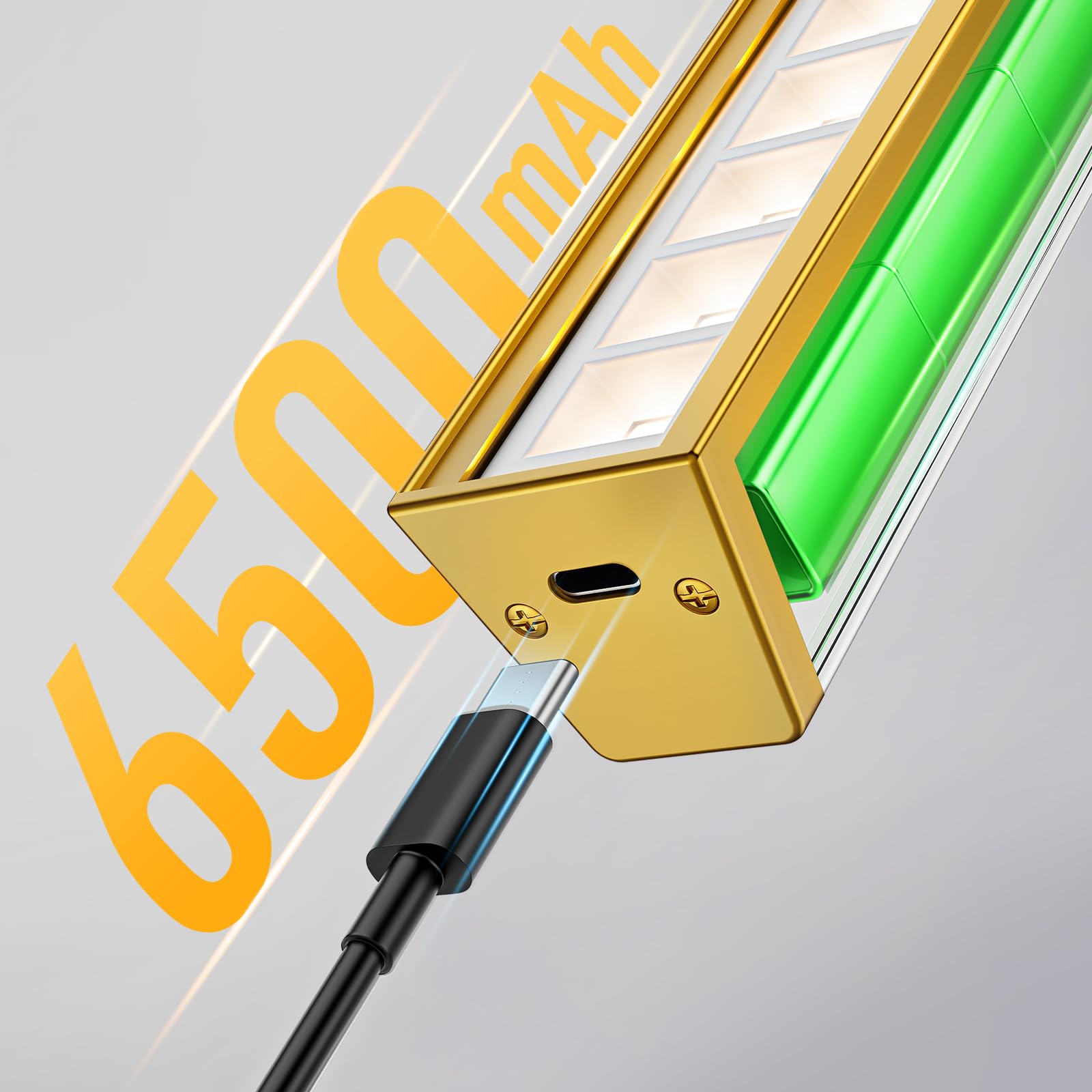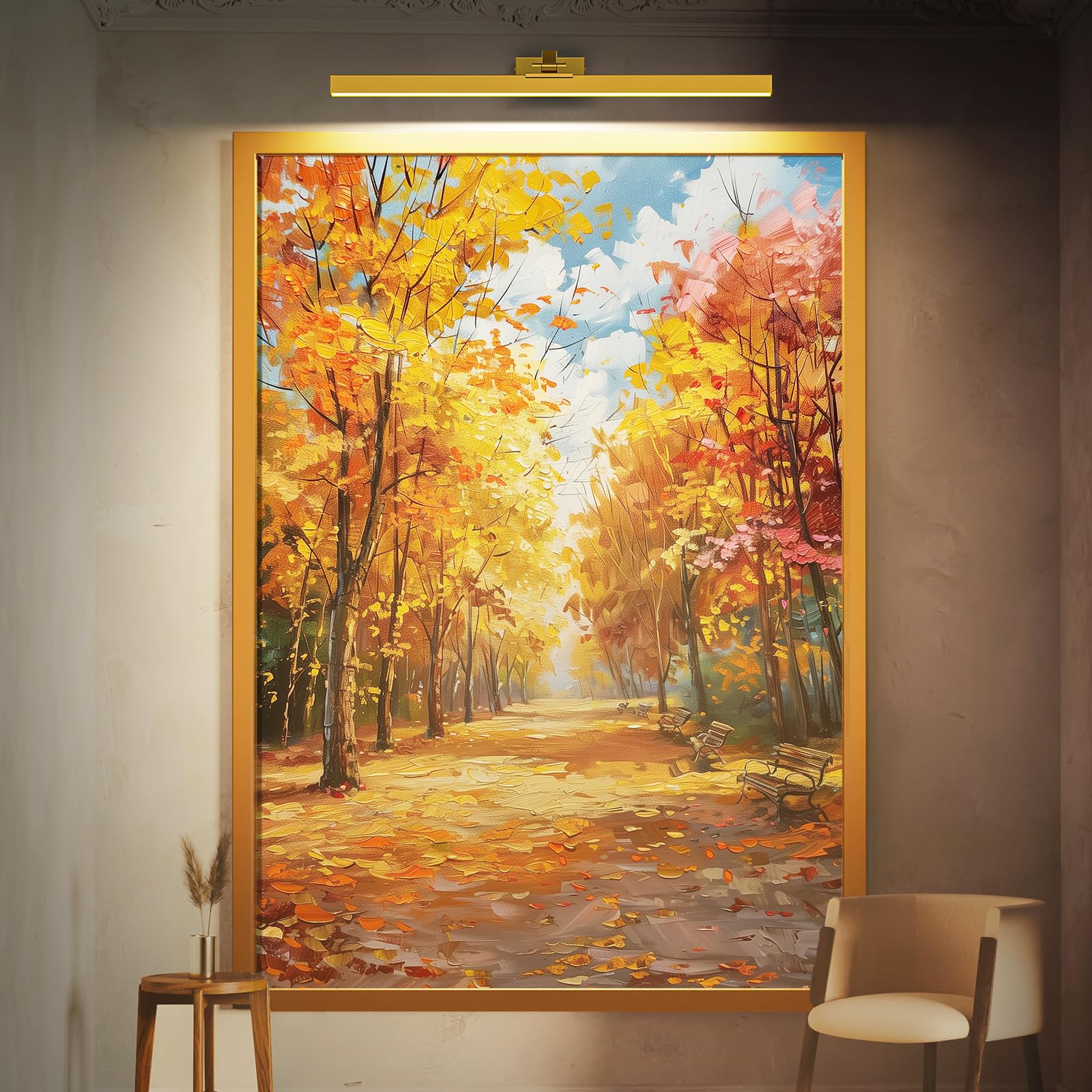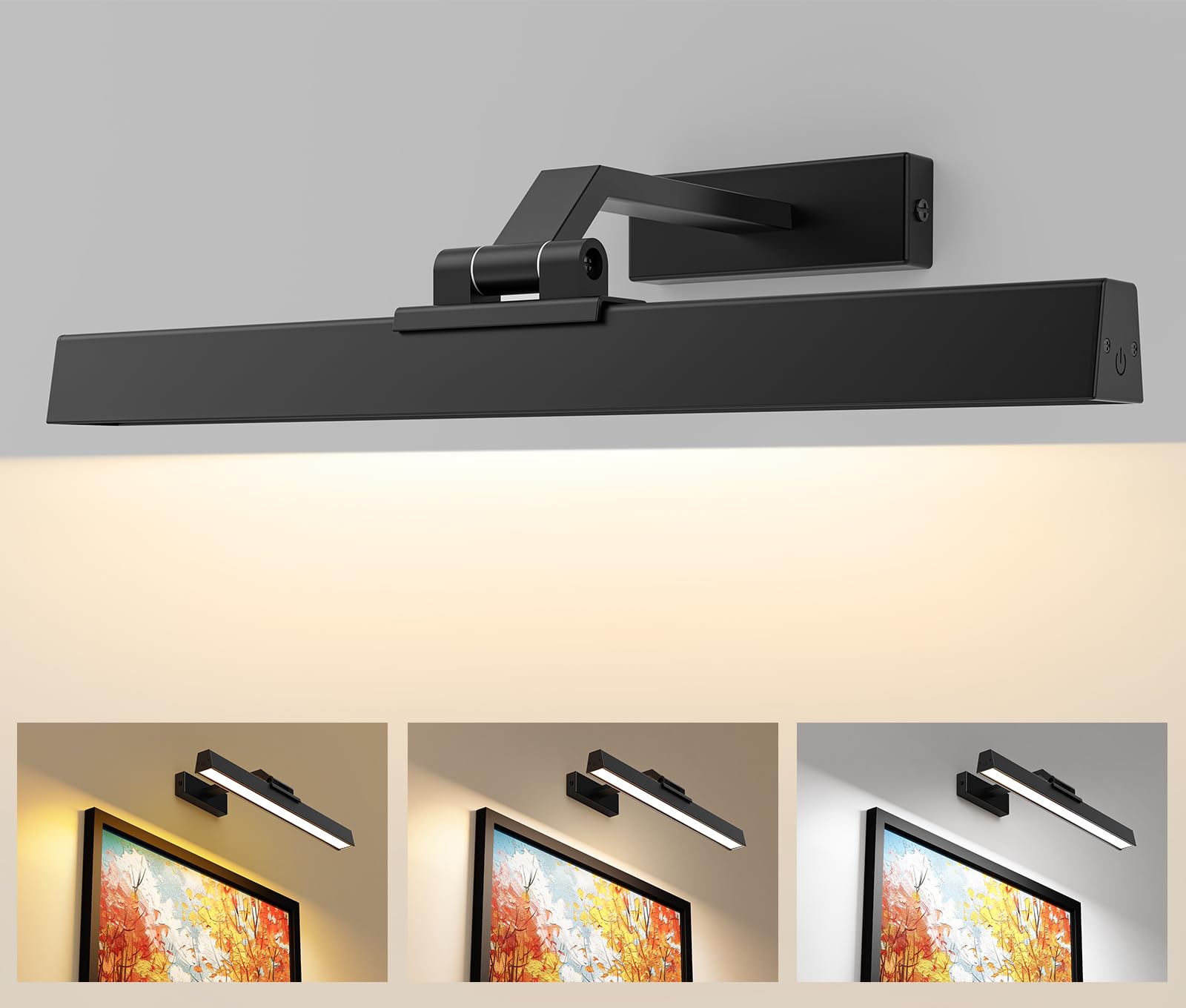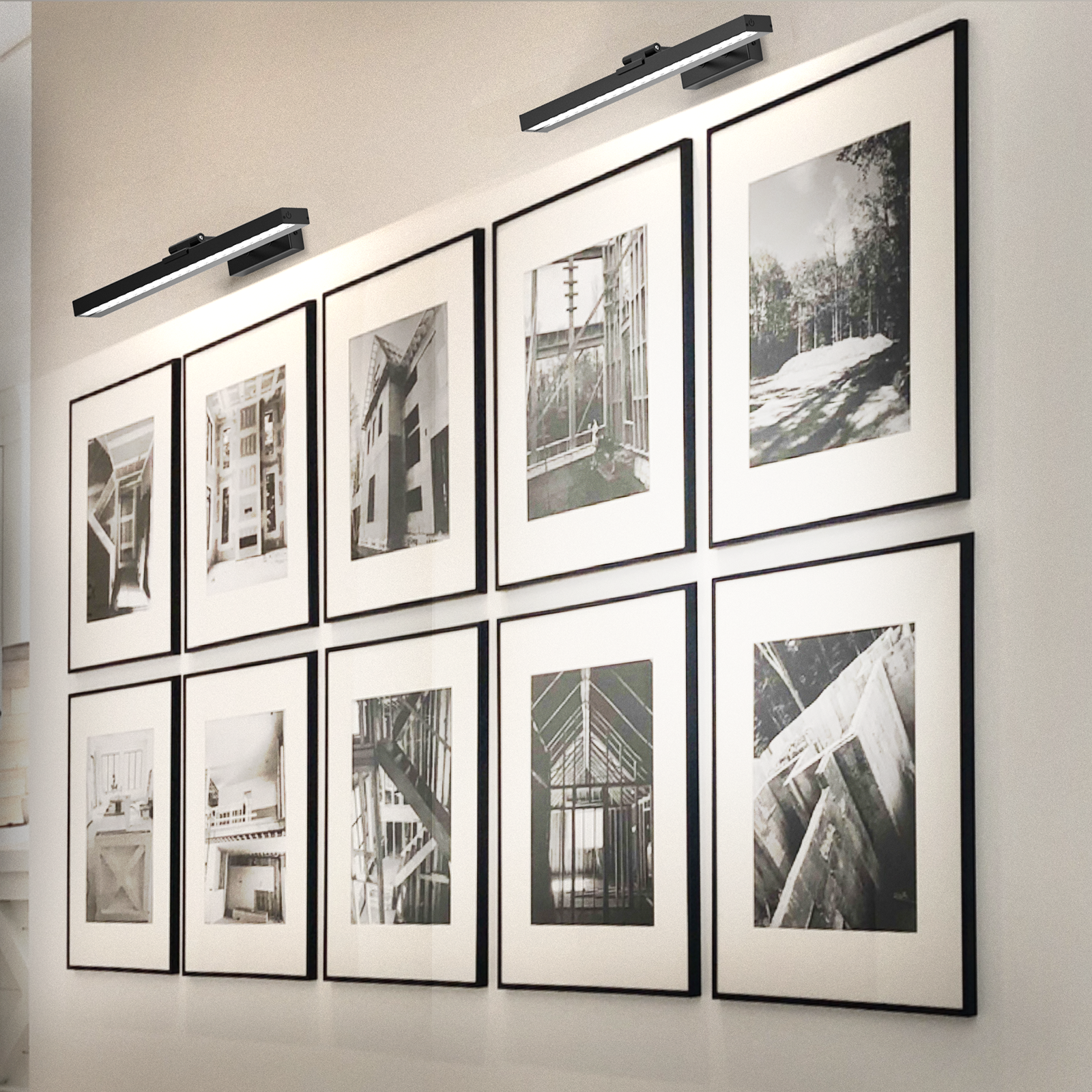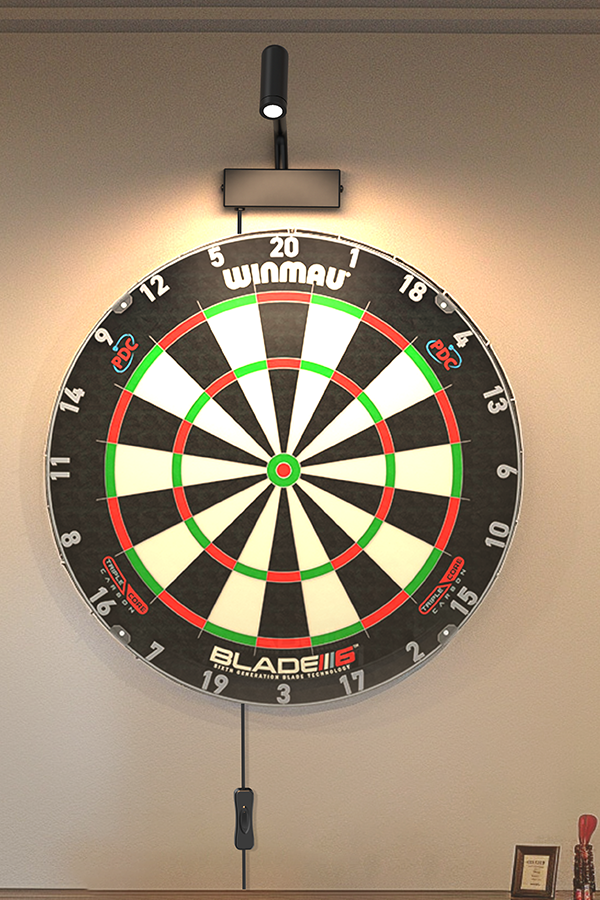Picture Light Size Guide: Perfect Fit for Any Art
Picture Light Size Guide: How to Choose the Perfect Fit for Any Artwork (Traditional & Slimline)
If you’ve ever stood in front of a beautiful painting or photograph, squinting because the lighting was either too dim, too harsh, or unevenly cast — you’re not alone.
Choosing the right picture light isn’t just about aesthetics. It’s about preserving your art, enhancing its colors, and ensuring viewers see every brushstroke or detail exactly as the artist intended.
But here’s the million-dollar question:
“How large of a picture light do I need?”
The answer? It’s not one-size-fits-all — but we’ve got you covered with this ultimate picture light sizing guide, whether you’re illuminating a petite 12-inch sketch or a sprawling 60-inch gallery masterpiece.
Let’s dive in.
🎯 Why Picture Light Size Matters More Than You Think
Before we get into measurements, let’s talk why sizing your picture light correctly is non-negotiable.
❌ The Consequences of Wrong Sizing:
- Glare & Hotspots: Too small a light = concentrated beam = washed-out center, dark edges.
- Uneven Illumination: Light doesn’t reach corners = loss of detail.
- Distraction: Oversized fixtures visually overpower the art.
- Wasted Energy: Poor coverage = you crank up brightness = higher bills + potential UV damage.
✅ The Benefits of Proper Sizing:
- Even, museum-quality illumination
- Color accuracy and depth enhancement
- Visual harmony between art and fixture
- Long-term art preservation (especially with LED)
💡 Pro Tip: Always consider the type of picture light — traditional (2” shade) vs. slimline (1” shade) — as sizing rules differ significantly.
📏 Traditional Picture Lights: The Classic Choice (2” Diameter Shade)
Let’s start with the timeless favorite: traditional picture lights with a 2-inch diameter shade, like the elegant House of Troy Antique Brass Picture Lights.
These fixtures cast a broader, softer beam — ideal for oil paintings, canvas art, or framed photographs where warmth and diffusion matter.
✅ General Rule of Thumb:
The picture light should be at least HALF the width of your image.
Example:
- 20-inch wide artwork? → 10-inch wide picture light minimum.
- 30-inch wide artwork? → 15-inch wide picture light.
✅ This 1:2 ratio works perfectly for images up to 30 inches wide.
⚠️ But Wait — What If Your Art Is Wider Than 30 Inches?
Here’s where things get interesting.
As your artwork grows beyond 30 inches, the light-to-art ratio increases incrementally. Why? Because light dispersion weakens toward the edges — you need more coverage to maintain evenness.
📈 Scaling Up: The Incremental Ratio Guide
|
|
|
|
|---|---|---|
|
30 inches
|
15 inches
|
1:2
|
|
40 inches
|
~25 inches
|
~5:8
|
|
50 inches
|
~33 inches
|
~2:3
|
|
60 inches
|
40 inches
|
2:3
|
🖼️ For a 60-inch wide painting, opt for a 40-inch picture light — that’s two-thirds the width of your art.

🧭 Slimline Picture Lights: Modern, Minimalist & Mighty (1” Diameter Shade)
Now, let’s shift gears to the sleeker, more contemporary option: slimline picture lights with a 1-inch diameter shade, like the stunning House of Troy Oil Rubbed Bronze Slimline Lights.
These lights are perfect for modern interiors, minimalist frames, or when you want the art — not the fixture — to be the star.
But here’s the catch: Slimline lights have a narrower beam spread. That means they lose coverage faster as your art gets wider.
✅ General Rule of Thumb (Again):
Start with HALF the width of your image — but only up to 18 inches.
Example:
- 12-inch artwork? → 6-inch slimline light.
- 18-inch artwork? → 9-inch slimline light.
✅ This 1:2 ratio holds — but only for smaller pieces.
⚠️ Slimline Scaling: Ratios Climb Faster
Because of their focused beam, slimline lights require a larger proportional size as artwork widens.
📈 Slimline Sizing Chart:
|
|
|
|
|---|---|---|
|
18 inches
|
9 inches
|
1:2
|
|
24 inches
|
~15 inches
|
~5:8
|
|
30 inches
|
20 inches
|
2:3
|
|
40 inches
|
~30 inches
|
~3:4
|
|
60 inches
|
45 inches
|
3:4
|
🖼️ For a 60-inch wide piece, choose a 45-inch slimline light — that’s three-quarters the width of your art.
Yes — you read that right. Slimline lights often need to be larger proportionally than traditional lights for the same-sized artwork.

🎨 Beyond Size: 5 Other Factors That Affect Your Picture Light Choice
Sizing is critical — but it’s not the only factor. Let’s explore what else you need to consider before hitting “Add to Cart.”
1. 🖌️ Artwork Darkness & Tone
- Dark paintings (e.g., Rembrandt-style) → Need brighter, wider coverage to reveal shadow details.
- Light or pastel artworks → Can use softer, narrower beams without losing detail.
💡 Tip: Use adjustable brightness (dimmable LEDs) for flexibility across art styles.
2. 💡 Ambient Room Lighting
- Bright room (lots of windows, overheads) → You can get away with a slightly smaller or less intense picture light.
- Dim room (moody, gallery-style) → Go larger or brighter to ensure your art doesn’t disappear into the shadows.
3. 💡 Light Source: LED vs Halogen vs Incandescent
|
|
|
|
|
|---|---|---|---|
|
LED
|
Cool, energy-efficient, long lifespan, low UV
|
Can be too clinical if not warm-toned
|
Modern art, preservation
|
|
Halogen
|
Warm, vibrant color rendering
|
Hot, shorter lifespan, higher energy use
|
Traditional oil paintings
|
|
Incandescent
|
Cozy, vintage glow
|
Very inefficient, being phased out
|
Antique frames, rustic decor
|
4. 📐 Mounting Height & Angle
- Mount 6–12 inches above the top of the frame.
- Angle the light 15–30 degrees downward for optimal spread without glare.
- Use adjustable-arm fixtures if your art depth varies (e.g., canvas vs. framed glass).
5. 🖼️ Frame Style & Wall Color
- Thick, ornate frames → Pair with traditional lights for visual harmony.
- Minimalist frames → Slimline lights enhance the clean aesthetic.
- Dark walls → Need brighter or wider lights to compensate for light absorption.
- White/light walls → Reflect light — you can often go slightly smaller.
📊 Quick Reference: Picture Light Sizing Chart (Printable!)
Save this chart for your next art lighting project:
🖼️ Traditional Lights (2” Shade)
|
|
|
|
|---|---|---|
|
12”
|
6”
|
1:2
|
|
20”
|
10”
|
1:2
|
|
30”
|
15”
|
1:2
|
|
40”
|
25”
|
5:8
|
|
50”
|
33”
|
2:3
|
|
60”
|
40”
|
2:3
|
🖼️ Slimline Lights (1” Shade)
|
|
|
|
|---|---|---|
|
12”
|
6”
|
1:2
|
|
18”
|
9”
|
1:2
|
|
24”
|
15”
|
5:8
|
|
30”
|
20”
|
2:3
|
|
40”
|
30”
|
3:4
|
|
60”
|
45”
|
3:4
|
❓ FAQ: Picture Light Sizing (Featured Snippet Optimized)
Q: Can I use a smaller picture light if I use a brighter bulb?
A: Not really. Brightness ≠ coverage. A smaller light will still leave edges dark, no matter how bright the bulb. Size matters for even spread.
Q: What if my art is taller than it is wide?
A: Always size based on WIDTH. Height affects mounting position, not fixture width.
Q: Can I use one large picture light for multiple small artworks?
A: Only if they’re arranged as a single visual unit (like a gallery wall with tight spacing). Otherwise, individual lights are better.
Q: Are LED picture lights safe for valuable art?
A: Yes — especially “museum-grade” LEDs with low UV/IR emission. Always check specs. Avoid halogen if preservation is critical.
Q: How far above the frame should I mount the light?
A: 6–12 inches above the top of the frame, angled 15–30 degrees down.
🛠️ Pro Installation Tips
- Use a level — crooked lights ruin the symmetry.
- Pre-drill holes — especially on plaster or brick walls.
- Hide cords — use cord covers or go hardwired for a clean look.
- Test before final mounting — tape the light in place, turn it on, check for glare or shadows.
- Consider a dimmer — gives you control for day vs. night viewing.
🌟 Final Thoughts: Light Is Part of the Art Experience
Your artwork didn’t come with instructions — but lighting it properly? That’s where we come in.
Whether you’re hanging a family heirloom, a gallery purchase, or your own masterpiece — the right picture light doesn’t just illuminate. It elevates.
It turns a wall into a stage.
A frame into a focal point.
A room into a gallery.
And that’s worth getting right.
Ready to Light It Right?
Visit hudyogy.com — Hudyogy’s picture light experts. Family-owned. Art-obsessed. Lighting-geek certified.
Email us (us@hudyogy.com) for personalized advice. No question is too small. No artwork too weird. Let’s make your art shine — the right way.
Share

